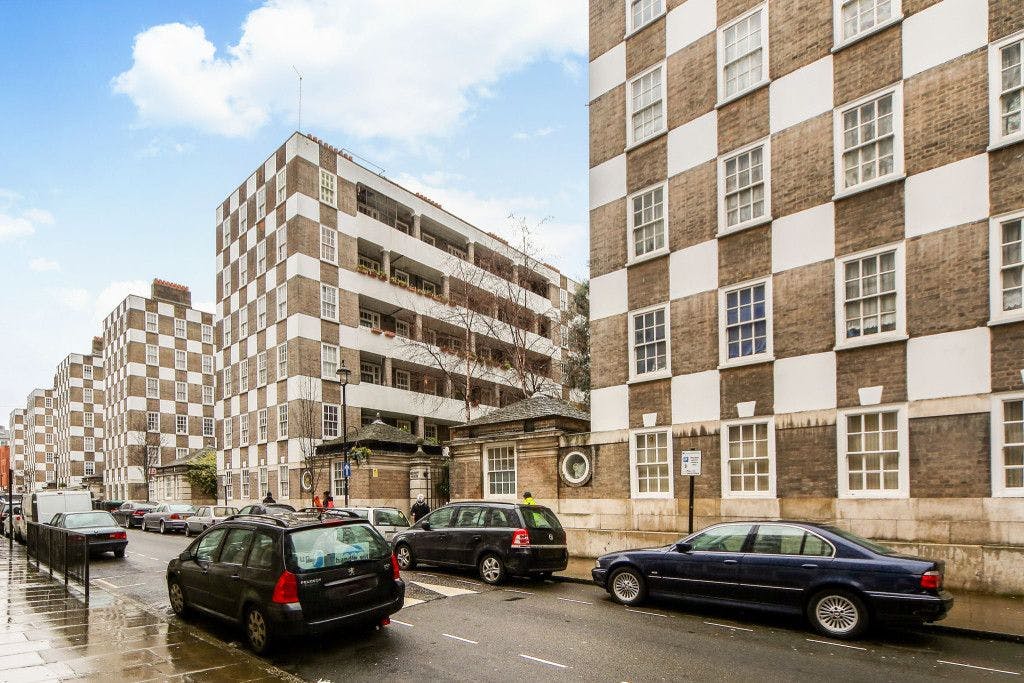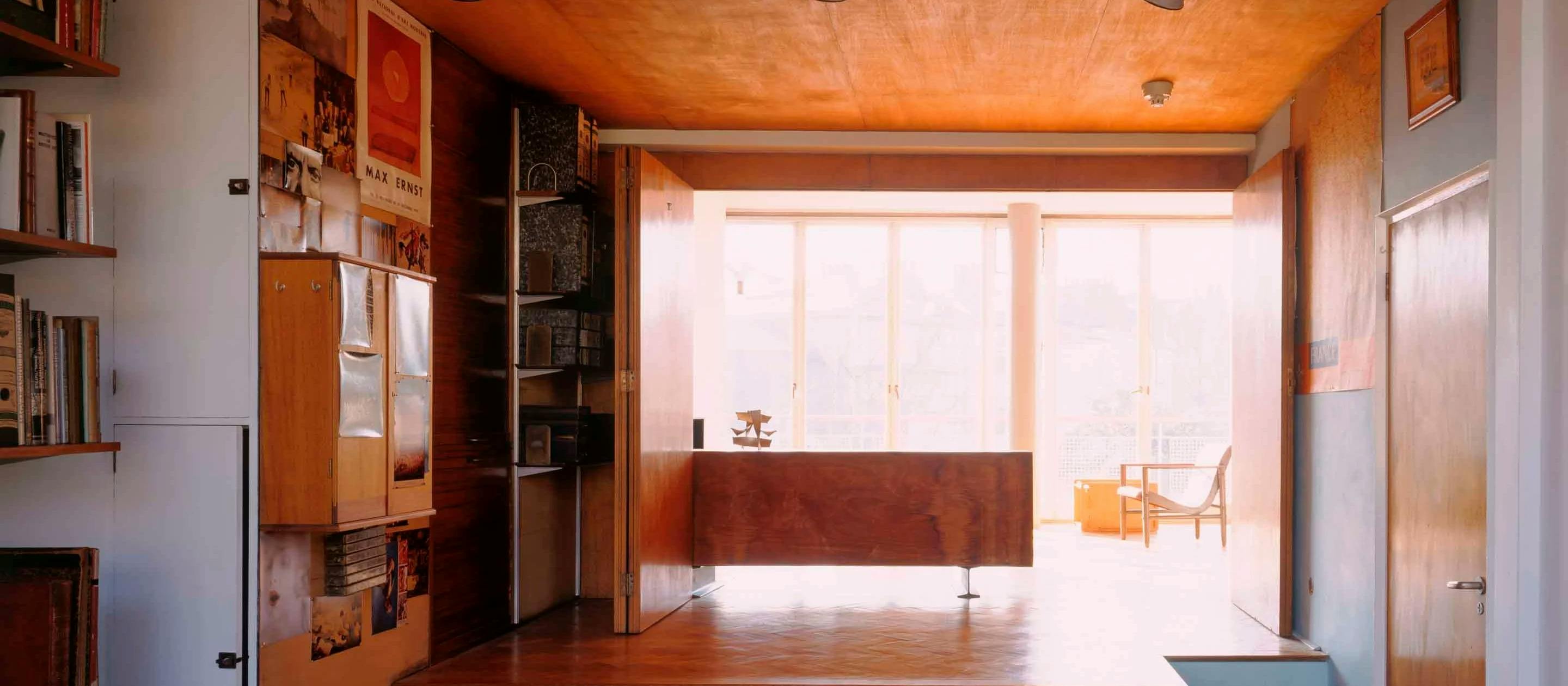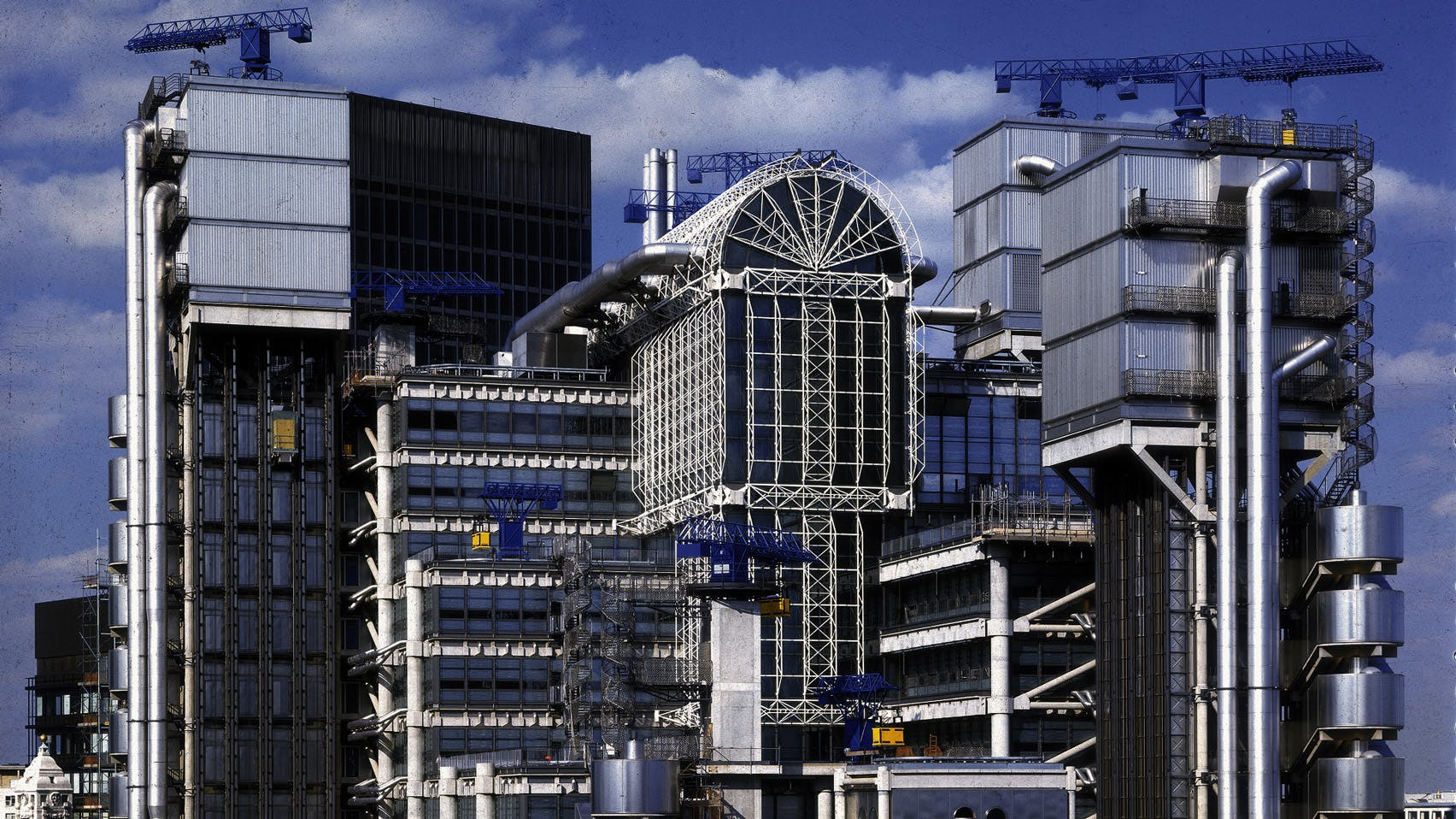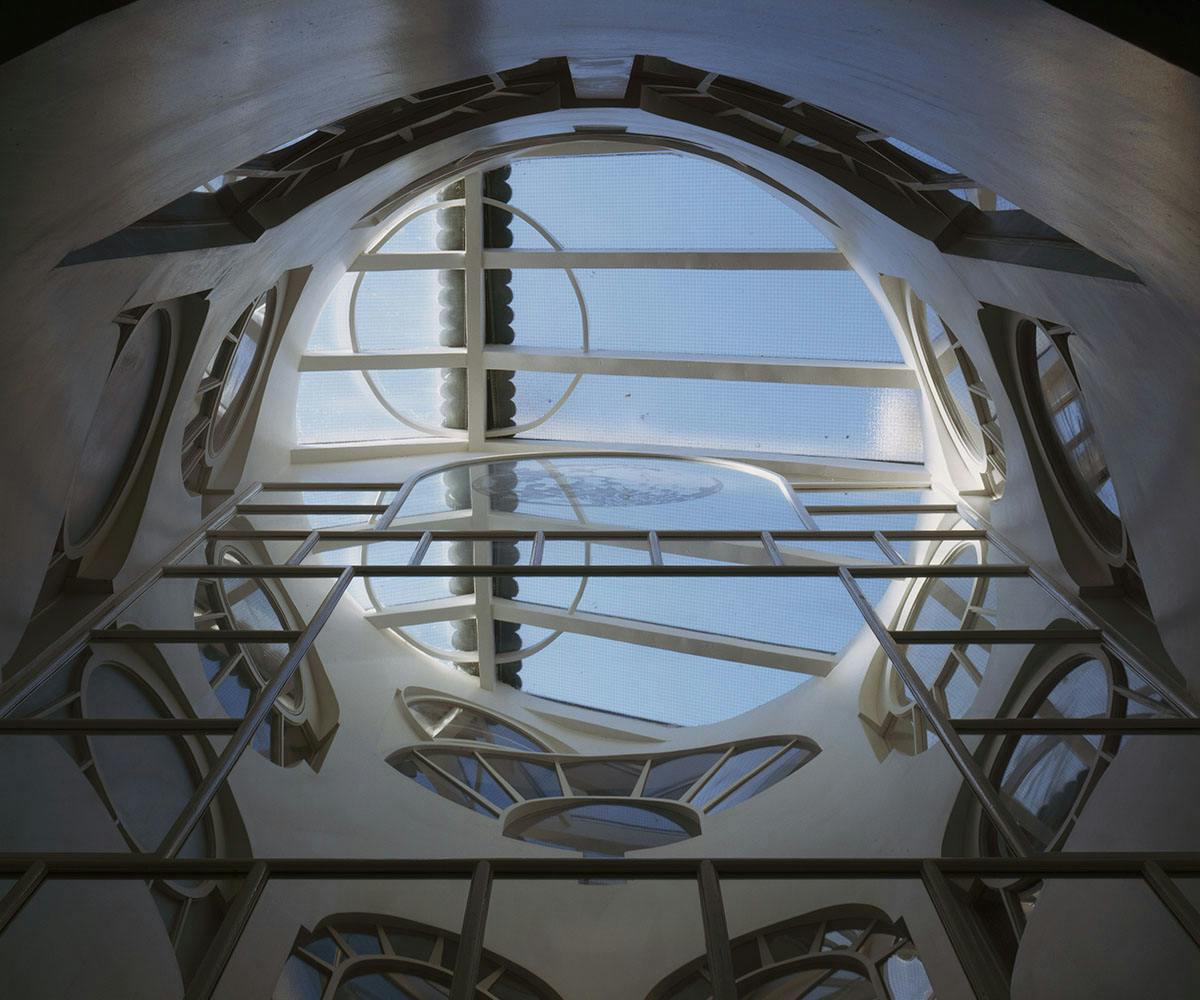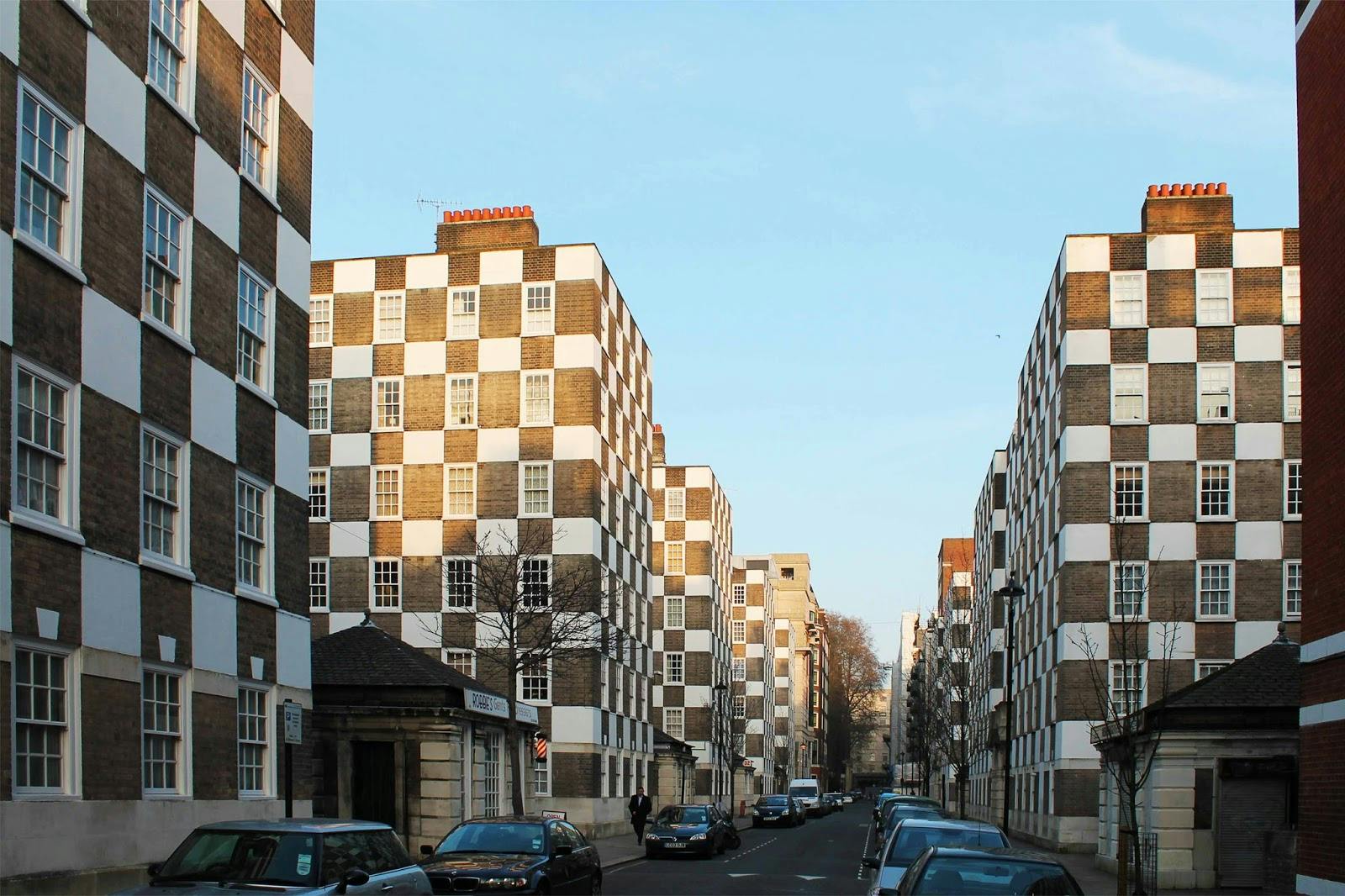
Page Street Housing
Page Street Housing, located in Westminster, London, is a remarkable example of early 20th-century modernist architecture. Designed by the architect Sir Edwin Lutyens in the 1920s, the housing block showcases the bold geometric lines and minimal ornamentation typical of the modern movement.
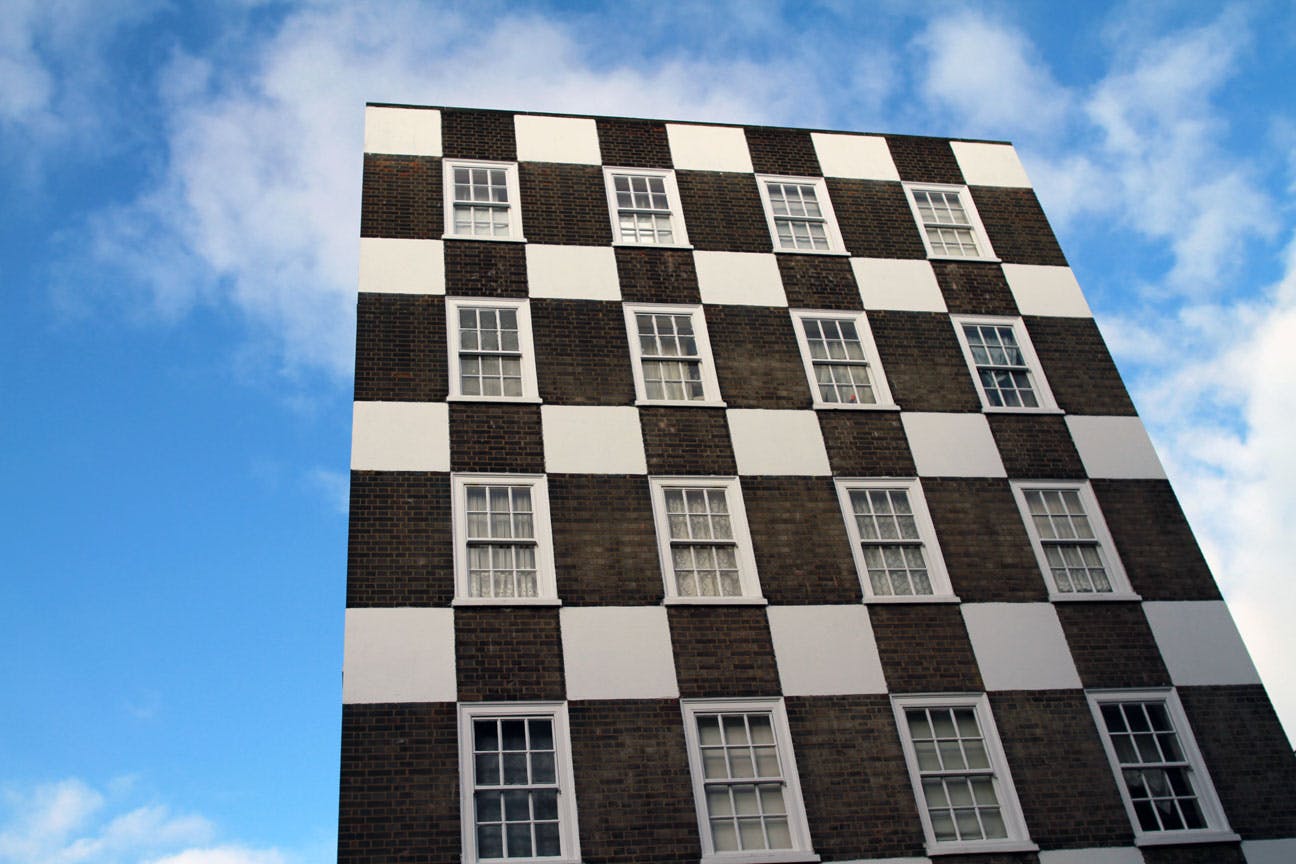
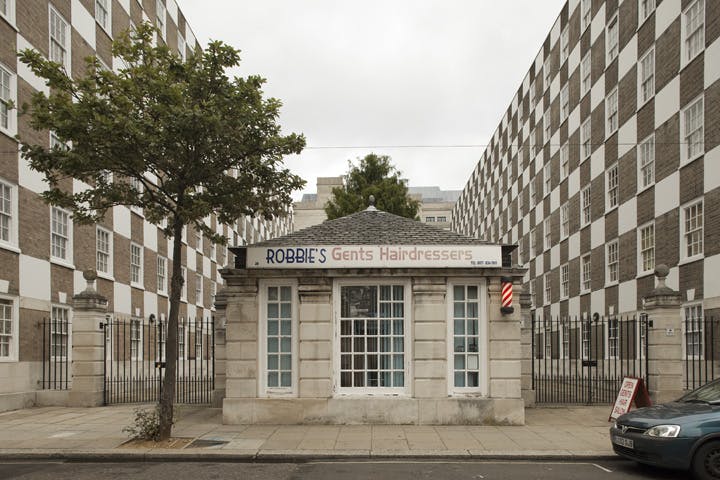
Page Street Housing, completed in 1928 and designed by Sir Edwin Lutyens, stands as a remarkable example of modernist architecture in the heart of London’s Westminster. It was conceived as part of a post-World War I social housing initiative to address the city's housing shortage. Lutyens, renowned for his classical and monumental works, applied a minimalist aesthetic to Page Street, aligning with the growing modernist movement of the time.
The architecture of Page Street Housing is characterized by its use of simple, geometric forms, with clean lines and a clear emphasis on functionality over decoration. The structure’s brick façade reflects Lutyens’ deep appreciation for traditional craftsmanship, yet the overall design is a departure from his earlier, more ornate projects. The building is arranged in a series of blocks, each featuring large windows that maximize natural light and ventilation, addressing the public health concerns of the era. The façade is punctuated by subtle detailing, such as the restrained cornices and the rhythm of the window placement, which soften the building’s otherwise austere appearance.
Despite its utilitarian purpose, the housing complex has an understated elegance, achieved through Lutyens’ careful balance of proportions and his sensitive use of materials. The architecture is a fusion of classical principles—such as symmetry and proportion—with the pared-back modernist aesthetic that was gaining traction in Europe at the time. This blending of old and new resulted in a design that was both progressive and respectful of London’s architectural heritage. Page Street Housing remains a significant example of how modernist ideals were adapted within the British context, providing practical, high-quality living spaces while maintaining an architectural integrity that endures today.
